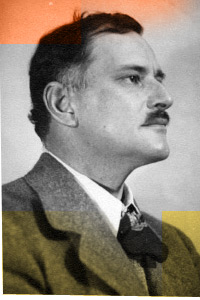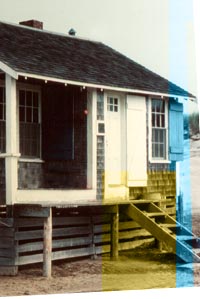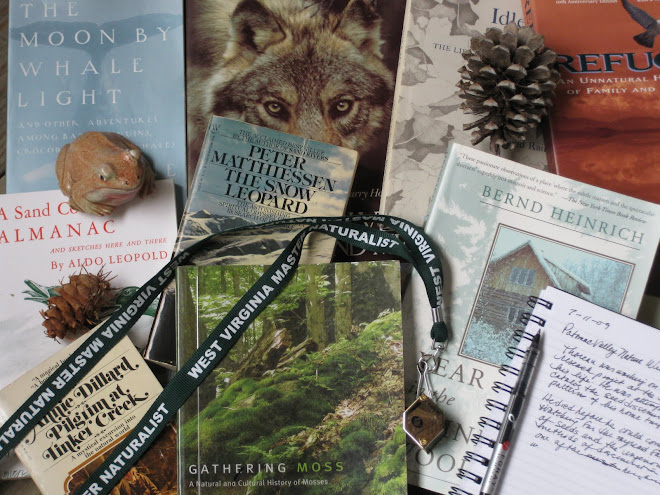Why Beatrix Potter? One of the most beloved writers and illustrators of children's books was also an amateur naturalist, a skilled scientific illustrator, a country farmer, and a highly successful conservationist who saved whole areas of the British Lake District for posterity.
Beatrix Potter: A Life in Nature, the in-depth biography by Linda Lear is our choice for May 2012. Due to the size of this work and conflicting events, we will not meet to discuss the book until June 24.
The critics weigh in:
Winner of the 2007 Lakeland Book of the Year Award
"Read Beatrix Potter by Linda Lear and you sense a woman poised between late-
Victorian constraint and the promises, intellectual and amorous, of liberation."
--Anthony Lane, The New Yorker
"Lear paints an appealing, revealing picture of an independent, accomplished and loving woman who used her art and research to educate herselve and a host of readers."
--Bookpage
"Lear is not only an impeccable historian but a grand storyteller...a magisterial and definitive biography, a delight in every way."
--The Horn Book
"As an appreciation of a life well-lived and a talent almost accidentally nurtured,
Beatrix Potter, tells an absorbing story well worth reading."
--Christian Science Monitor
"Potter was a famously close observer of the world around her, and Lear is an equally close observer of her subject. The result is a meticulously researched and brilliantly re-created life that, despite its length and accretion of detail, is endlessly fascinating and often illuminating. It is altogether a remarkable achievement."
--Booklist, *Starred Review*
"In this remarkable biography...the author's meticulous attention to detail is obvious throughout, not to mention her elegant writing and exceptional scholarship. Highly recommended."
--Library Journal
"Potter's witty journals, with their close observations of people, animals, objects and places, serve as the basis for Lear's engrossing account, which will appeal to ecologists, historians, child lit buffs and those who want to know the real Squirrel Nutkin, Mrs. Tiggy-Winkle and Benjamin Bunny."
--Publishers Weekly
"The great achievement of this book is the way it knits together Potter's lifelong activities in art and science and shows how they are all part of an extraordinarily integrated life: how her feeling for plants and animals and her finely detailed observations of the natural world were the foundation stones of her children's books as well as her land management skills and environmental awareness."
--The Australian
"An in-depth biography of Beatrix Potter is long overdue and here Linda Lear fills that gap with a thoroughly well-researched and compelling book."
--Judy Taylor, author of Beatrix Potter: Artist, Storyteller and Countrywoman
 The world to-day is sick to its thin blood for lack of elemental things, for fire before the hands, for water welling from the earth, for air, for the dear earth itself underfoot." --Henry Beston
The world to-day is sick to its thin blood for lack of elemental things, for fire before the hands, for water welling from the earth, for air, for the dear earth itself underfoot." --Henry Beston







